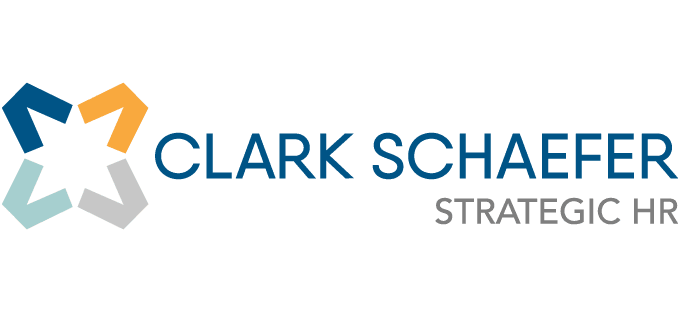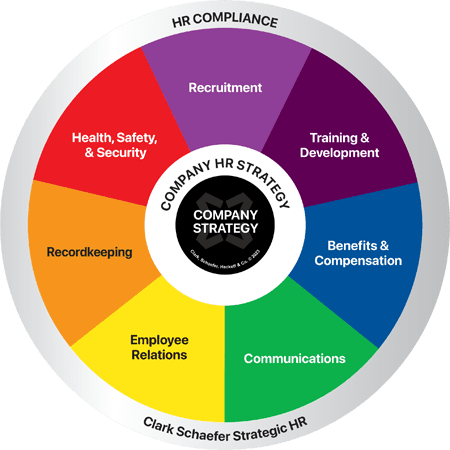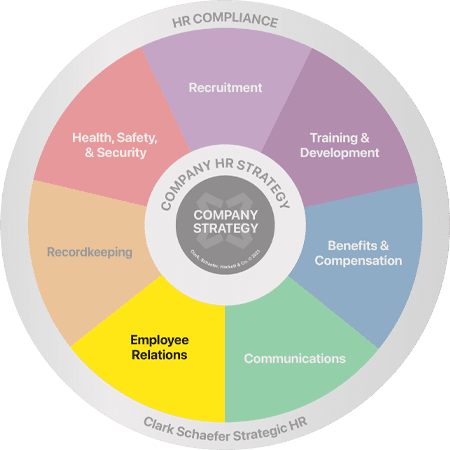Posts
Free Speech in the Workplace: Navigating Rights & Respect
Publishedin Communications, Employee Relations, HR Compliance Question of the Week
Investigations With Intention
Last Updatedin Employee Relations, HR Compliance Question of the Week
Empathy First: A Modern Guide to Nonprofit Layoffs
Last Updatedin Communications, Employee Relations Question of the Week
Mandatory Retirement: Is It Legal?
Last Updatedin Employee Relations, HR Compliance Question of the Week
Employee Engagement Ideas To Fit Any Budget
Last Updatedin Employee Relations Question of the Week
Attendance Point System Policy
Last Updatedin Employee Relations Question of the Week
Contact Us
Clark Schaefer Strategic HR
10856 Reed Hartman Hwy
Suite 225
Cincinnati, OH 45242

Clark Schaefer Strategic HR is recognized by SHRM to offer Professional Development Credits (PDCs) for SHRM-CP® or SHRM-SCP® recertification activities.
The information provided on this website does not, and is not intended to, constitute legal advice; instead, all information, content, and materials available on this site are for general informational purposes only. Readers of this website should contact their attorney to obtain advice about their particular situation and relevant jurisdiction. This website contains links to other third-party websites. These links are only for the convenience of the reader, user or browser; Strategic HR does not recommend or endorse the contents of the third-party sites.


